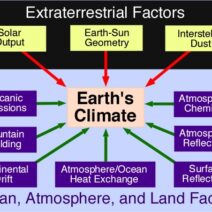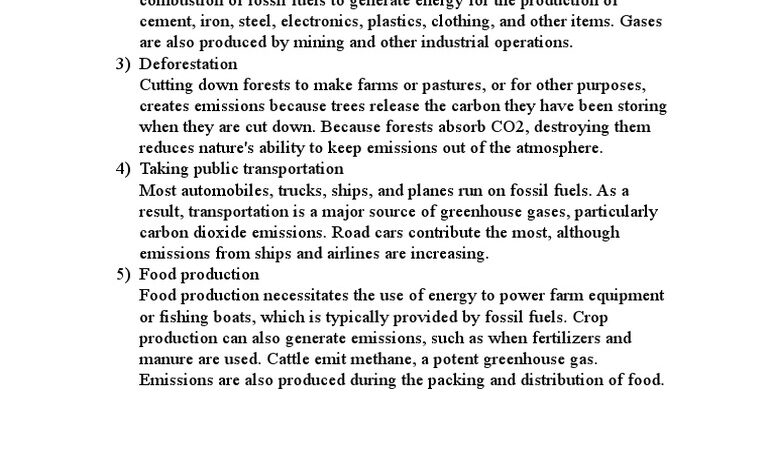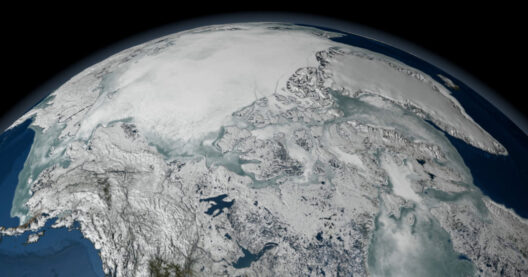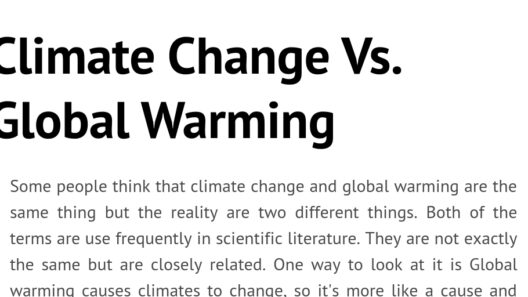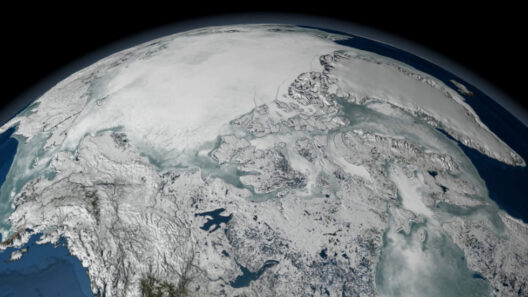Global warming has surged to the forefront of environmental discourse, encapsulating a plethora of factors that contribute to the dramatic rise in Earth’s atmospheric temperatures. Understanding these intricate causes can aid in the formulation of effective strategies to combat one of the most pressing issues of our time.
From the burning of fossil fuels to agricultural practices, the causes of global warming are as multifaceted as they are alarming. Below, we delve into the primary factors driving this phenomenon, illuminating the urgency of addressing them in our quest for a sustainable future.
Greenhouse Gas Emissions: The Dominant Culprit
At the heart of global warming lies the pervasive issue of greenhouse gas emissions. Primarily originating from human activities, these gases include carbon dioxide (CO2), methane (CH4), nitrous oxide (N2O), and fluorinated gases. Collectively, they create a thick blanket around the Earth, trapping heat and subsequently raising average global temperatures.
The combustion of fossil fuels for energy — whether in power plants, vehicles, or industrial processes — stands as the largest source of CO2 emissions. These fuels, primarily coal, oil, and natural gas, release carbon into the atmosphere when burned. Notably, electricity generation remains a significant contributor, with coal-based plants emitting substantial amounts of CO2.
Additionally, land-use changes, particularly deforestation, exacerbate the problem. Trees act as natural carbon sinks by absorbing CO2 from the atmosphere. When forests are cleared for agriculture or urban development, not only is this vital function diminished, but the carbon stored in trees is also released back into the atmosphere, compounding the issue.
Methane, another potent greenhouse gas, is released during natural gas extraction, agricultural practices (notably ruminant livestock), and the decomposition of organic waste in landfills. Despite its shorter atmospheric lifespan compared to CO2, methane is significantly more effective at trapping heat, making it a critical focus for climate mitigation efforts.
Industrial emissions, including those from manufacturing and chemical processes, further contribute to the greenhouse gas inventory. It is imperative to address these emissions through energy efficiency improvements and the transition to renewable energy sources.
Population Growth: The Amplifier of Demand
The burgeoning global population acts as one of the primary amplifiers of demand for resources. As the populace expands, so does the need for energy, food, water, and shelter. This heightened demand spurs economic growth but simultaneously accelerates environmental degradation.
Urbanization intensifies the effects of population growth, as sprawling cities demand greater energy and infrastructural inputs. The encroachment of urban areas on natural habitats leads to increased vehicles on the road, constructing buildings that often rely heavily on fossil fuels, and heightened waste generation — all of which contribute significantly to greenhouse gas emissions.
Moreover, more people translate to increased agricultural production to feed the masses. Modern agricultural practices are heavily reliant on the use of synthetic fertilizers and pesticides, which generate N2O emissions, another potent greenhouse gas. The quest for food security thus intertwines almost inextricably with the challenge of global warming.
Industrial Agriculture and Its Environmental Footprint
Industrial farming practices have become synonymous with increased greenhouse gas emissions, contributing significantly to global warming. The use of conventional farming techniques leads to soil degradation, loss of biodiversity, and increased dependency on chemical inputs, all of which can exacerbate climate change.
Livestock farming is particularly problematic, as ruminant animals such as cows and sheep produce significant amounts of methane during digestion, a process known as enteric fermentation. Furthermore, farming operations are often accompanied by land-use change, leading to further carbon emissions through deforestation and habitat destruction.
In pursuit of higher yields, monoculture farming practices strip the landscape of its biodiversity and inherent resilience to pests and diseases. This not only necessitates the use of more agricultural chemicals but also diminishes the land’s capacity to sequester carbon effectively.
Transitioning towards sustainable agricultural practices, such as permaculture and regenerative farming, can mitigate these detrimental effects. By prioritizing biodiversity and soil health, such practices can contribute to the reduction of greenhouse gas emissions while simultaneously promoting food security.
Waste Generation and Landfill Emissions
The profound issue of waste generation cannot be overlooked in the climate change discussion. As societies generate copious amounts of waste—often sent to landfills—important greenhouse gases, particularly methane, are released during decomposition processes. In fact, landfills are among the largest sources of methane emissions in many regions.
A significant shift towards recycling and composting, coupled with waste reduction initiatives, is imperative. Policies aimed at minimizing single-use plastics and enforcing waste segregation can alleviate some pressure on landfills while promoting a circular economy.
Behavioral Change: An Essential Element
Ultimately, addressing the causes of global warming necessitates a collaborative and transformative approach that encompasses individual behavioral changes. Advocacy for reducing personal carbon footprints through conscious consumption, energy efficiency, and sustainable transportation choices remains vital.
Education plays a crucial role in cultivating environmental awareness and encouraging action. By disseminating knowledge regarding the causes and implications of global warming, societies can mobilize collective efforts to enact meaningful change at local, national, and global levels.
In conclusion, the complex interplay of human activities—ranging from greenhouse gas emissions to unsustainable agricultural practices—contributes to the escalation of global warming. Recognizing these factors is essential for implementing effective interventions aimed at mitigating the impending climate crises. By embracing sustainable practices and fostering collective action, we can strive towards a future that safeguards our planet for generations to come.
